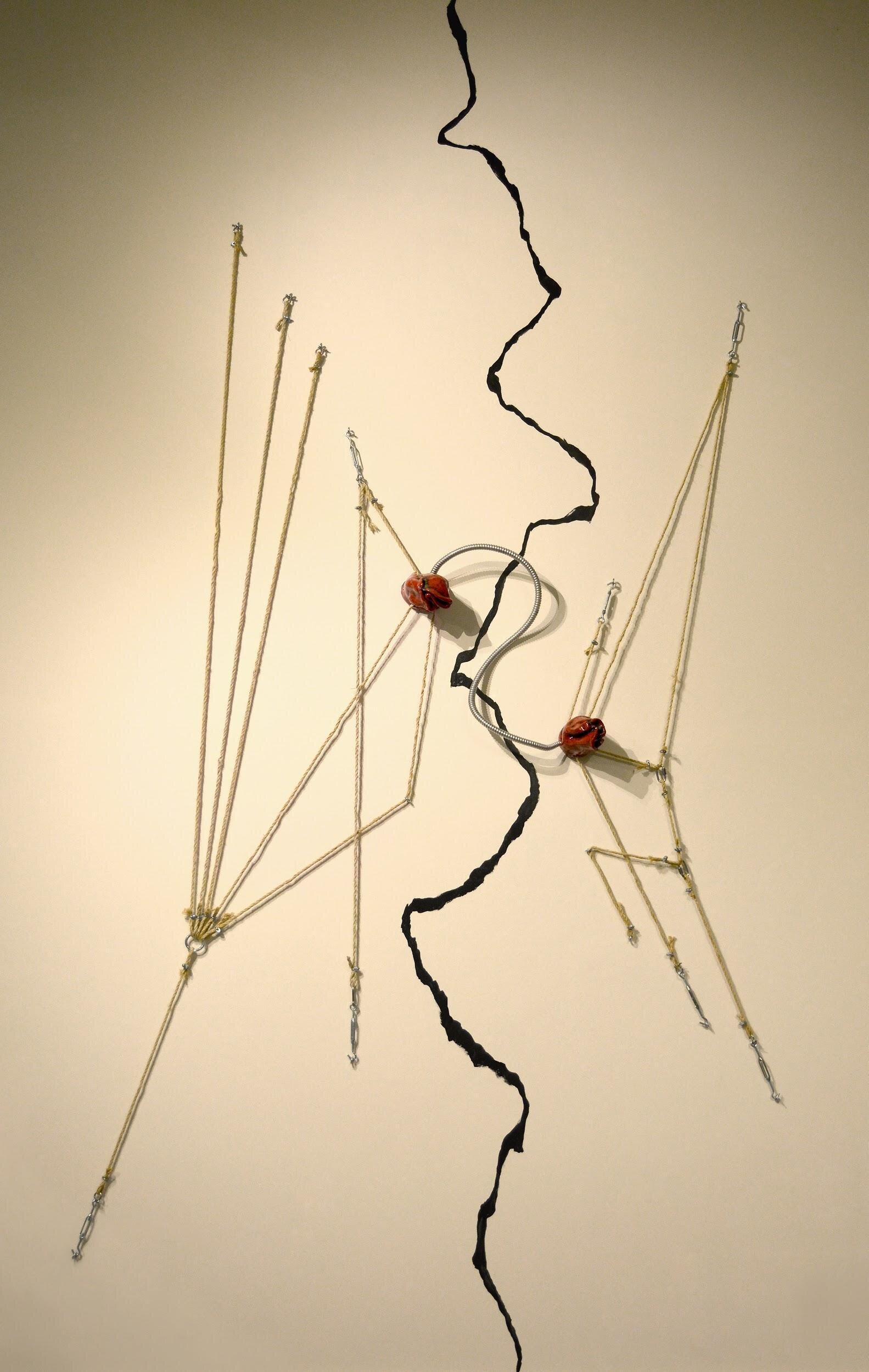Latin American Art Triennial Shows How Bonds Transgress Borders
By Brittany Aufiero
The Lehman Art Gallery premiered “Progressive Transition,” a new art show that raises awareness about geographical and emotional transitions Hispanics and Latin Americans have experienced worldwide, recognizing their contributions to the history, heritage and culture of the U.S.
The exhibition brings together art by 21 artists from eight different Latin American countries, and was organized by the Bronx Hispanic Festival, Inc. as a part of New York’s Latin American Art Triennial, a series of exhibits that will be showcased in 10 galleries across New York City, including BronxArt Space, Queens College Art Center and Boricua College Art Gallery.
Each unique piece is representative of a different Latin American artist, all with their own perspectives on the transitions they and those they care about have faced. Vividly colorful, the pieces appear to come alive as one makes their way deeper through the gallery.
Gracing the entrance is “Roots and Rises,'' an installation by Dominican Republic-born artist Iliana Emilia Garcia. Traditional wood-and-wicker chairs from the Caribbean wrap elegantly around the base of the gallery’s iconic rotunda, suspended from the ceiling and interconnected by thin wire. The display is a vision of history and transcendence that acknowledges ordinary objects as powerful symbols of a shared human experience.
The use of chairs, common tools of physical support, also suggest networks of emotional support between individuals that can be crucial to anyone undergoing a major transition. “Roots and Rises” perfectly captures the sense of how, through the sacrifices of those who came before us, we can rise to even greater heights, just as the chairs rise up to the ceiling.
Garcia has also used chairs in her earlier work, such as in her installation “The Sage and the Dreamer,” featured in the 2018 exhibition “Bordering the Imaginary: Art from the Dominican Republic, Haiti and Their Diasporas,” curated by Abigail Lapin Darshati. Like “Roots and Rises,” it was site-specific and depicted chairs as a treasured cultural heirloom and source of commonality.
In another room, the wall installation “Borders” by Ezekiel Taveras makes a powerful statement about the complex relationship between Dominican Republic and Haiti. Despite sharing the former Hispaniola island, the countries have vastly different beliefs and cultures, which often clash. Taveras’ piece utilizes rope held in place by pegs to signify the contrasting worlds of the two countries, which are divided by a black painted gash.
Even as they remain separate, Taveras connects them through a metal, umbilical cord-like link between the hearts of the Dominican Republic and Haiti. “Borders” is a moving installation that conveys how the strength of heart that underlies the people’s convictions in both countries is ultimately a unifying force.
The gallery’s curatorial assistant, Laura J.A. De Riggi, served as the project’s venue coordinator, working closely with Director Luis Stephenberg and Chief Curator Alexis Mendoza to curate the featured installations in Lehman’s unique art space.
De Riggi emphasized the fact that the artists’ countries of origin are explicitly printed beside their names on the wall plaques describing their pieces. “Immigrants who leave their homes and settle elsewhere experience a great shift in their lives, not unlike the shift freshman students experience when they make the transition from high school to college. It’s important for these students, especially, to see their heritage represented when they walk through the gallery,” she said.
Open to the public until Jan. 25, 2020, “Progressive Transition” is an engaging portrayal of Latin American life and cultural significance. The powerful art it showcases testifies how influential an individual’s origin can be to their future growth.



